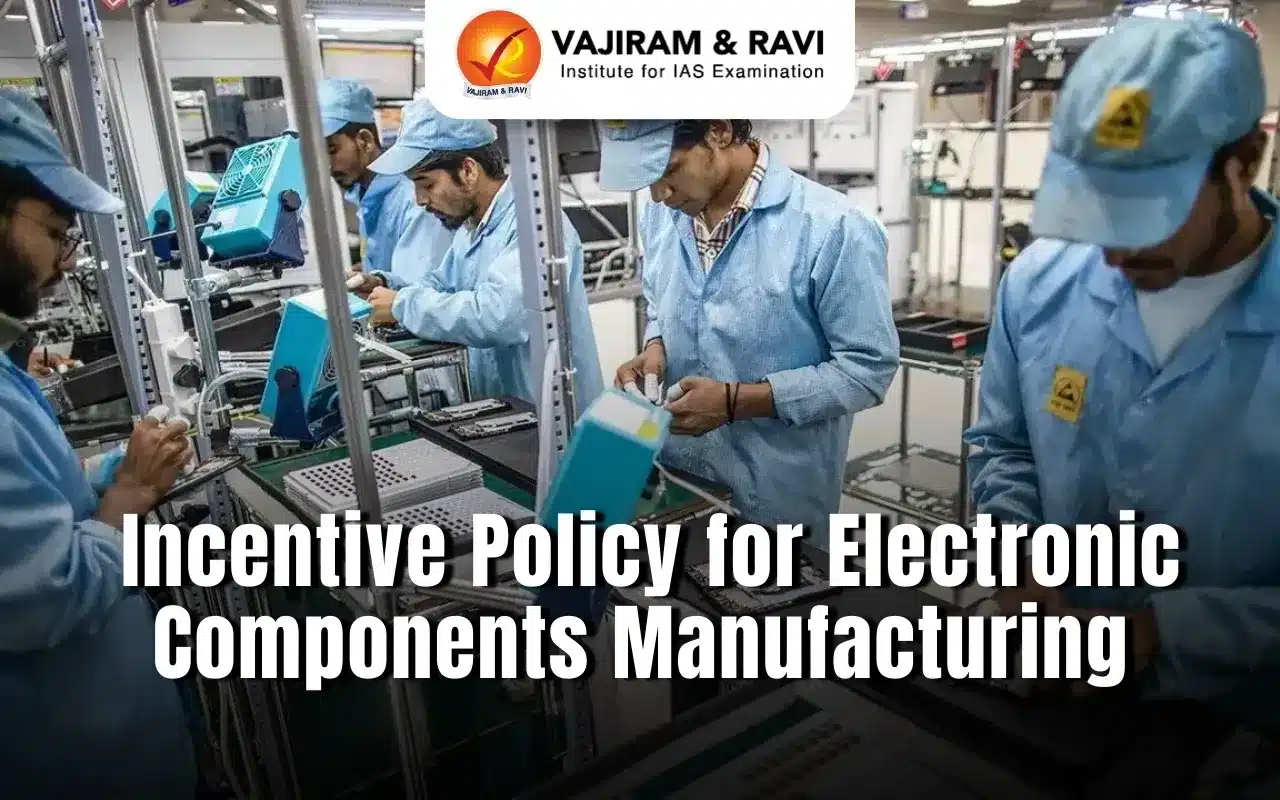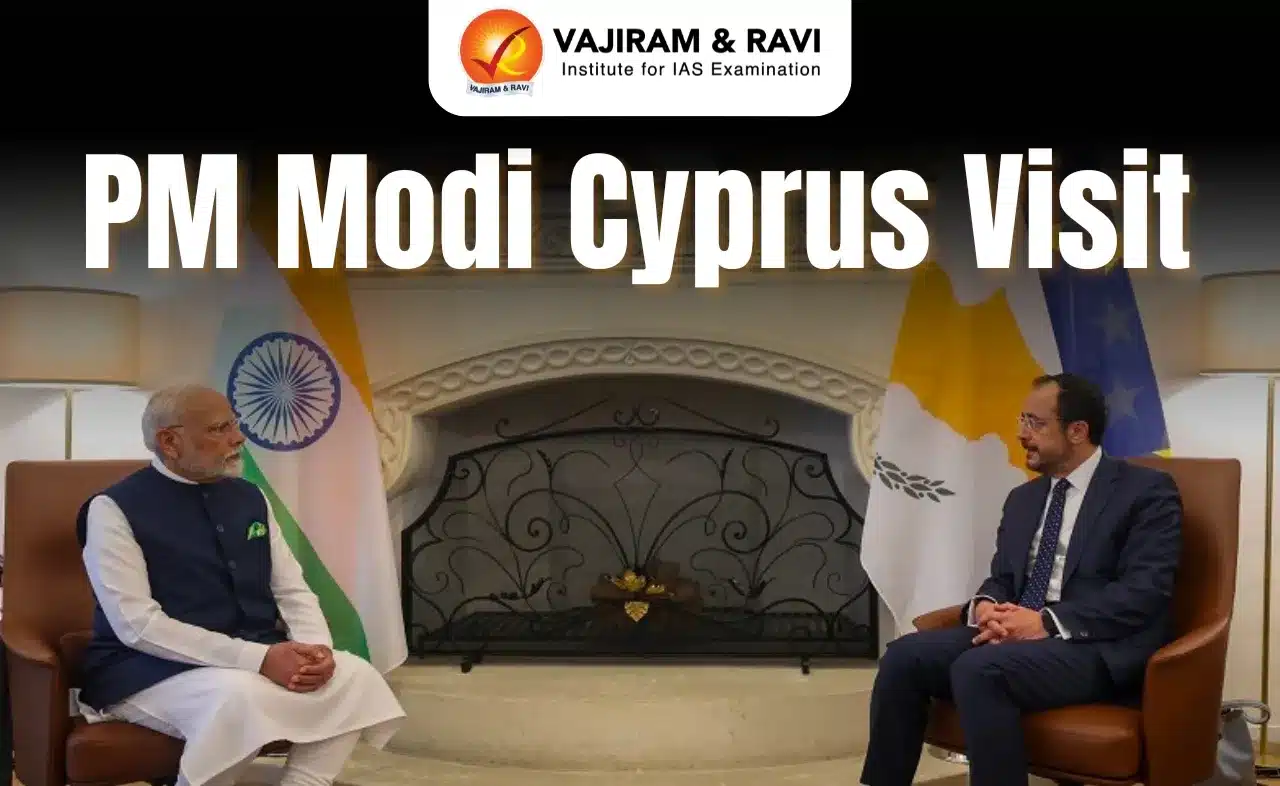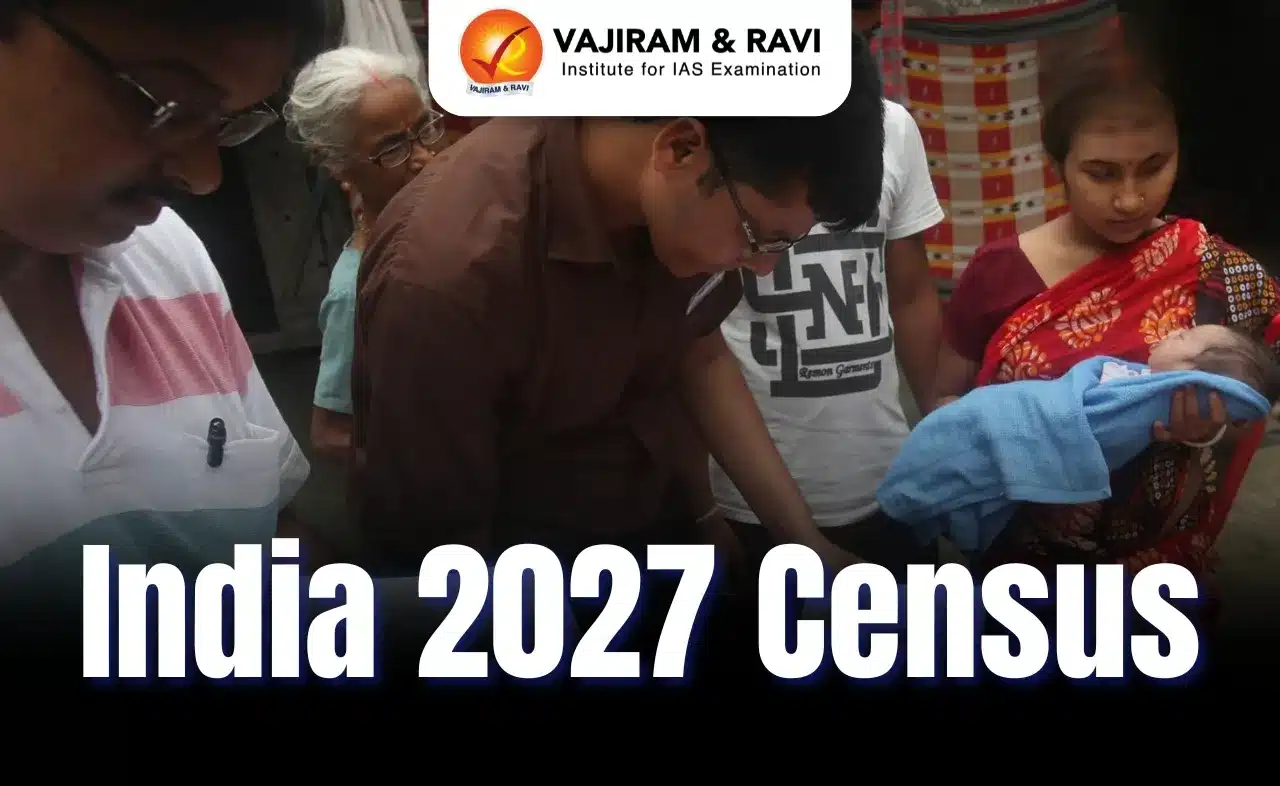What’s in Today’s Article?
- Incentive Policy for Electronic Components Manufacturing Latest News
- Electronics Component Manufacturing Sector in India
- India’s ₹23,000 Crore Incentive Scheme for Electronic Components Manufacturing
- Incentive Policy for Electronic Components Manufacturing FAQs
Incentive Policy for Electronic Components Manufacturing Latest News
- The IT Ministry has finalized a ₹23,000 crore incentive policy for electronic components manufacturing over six years.
- This initiative aims to enhance domestic value addition, following the successful localization of smartphone assembly in India.
Electronics Component Manufacturing Sector in India
- India’s Electronic Components Manufacturing sector is growing rapidly with strong government support and strategic initiatives to make the country a global electronics hub.
Market Size
- Valued at $101 billion in March 2023, the sector aims to reach $300 billion by 2025-26.
- Production Linked Incentive (PLI) schemes have boosted production and attracted major global players like Apple and Samsung.
- Exports of electronic goods rose by 23.6% in FY 2023–24 to $29.12 billion.
Key Initiatives
- Key initiatives by MeitY, includes Scheme for Promotion of Manufacturing of Electronic Components and Semiconductors (SPECS) and the Modified Electronics Manufacturing Clusters (EMC 2.0) scheme.
- These schemes focus on infrastructure and investment in high-value components.
- The National Policy on Electronics 2019, along with Make in India and Digital India, supports domestic manufacturing, job creation, and technological growth.
- Investments in R&D and manufacturing clusters further enhance the sector’s expansion.
Future Prospects
- With rising domestic demand due to digitalization and urbanization, the sector plays a vital role in economic growth and global supply chain integration.
- The government’s comprehensive approach highlights its strategic importance in achieving India’s long-term economic and technological goals.
India’s ₹23,000 Crore Incentive Scheme for Electronic Components Manufacturing
- The IT Ministry has finalized an incentive policy worth ₹22,919 crore over six years to boost electronic components manufacturing and deepen domestic value addition.
- The scheme follows the success of the Production Linked Incentive (PLI) scheme for smartphone assembly but aims to address the low domestic value addition of 15-20%, targeting an increase to 30-40%.
Targeted Components
- The scheme will support the manufacturing of key electronic components such as:
- Display modules
- Camera sub-assemblies
- Printed circuit board assemblies
- Lithium cell enclosures
- Resistors, capacitors, ferrites, and more
Employment Generation
- The initiative aims to create 91,600 direct jobs over six years.
- Annual incentive payouts will range from ₹2,300 crore to ₹4,200 crore, conditional on companies meeting investment, production, and employment targets.
Types of Incentives
- The scheme offers three types of incentives:
- Operational Incentives – Based on net incremental sales, similar to PLI schemes.
- Capital Expenditure (Capex) Incentives – Based on eligible capital investments.
- Hybrid Model – A combination of both operational and capex incentives.
Investment Eligibility
- Both greenfield (new projects) and brownfield (existing projects) investments are eligible.
- Foreign companies can participate by either transferring technology to an Indian company or forming joint ventures with domestic firms.
Demand-Supply Gap in Electronic Components
- A government assessment identified a $100 billion domestic demand-supply gap, which increases to $140 billion with exports.
- India’s current production capacity is only $10.75 billion, covering just 10% of total electronics production.
Challenges in Domestic Manufacturing
- Lack of Scale – India’s electronic components sector lacks large-scale domestic production.
- High Investment to Turnover Ratio – Unlike smartphones, where ₹1 investment yields ₹20, in components, it only yields ₹2-4.
- High Import Dependence – Electronics imports account for 75% of total electronics production, making it the second-largest import category after oil.
Future Projections and Urgency
- Component demand is expected to reach $160 billion by 2028-29.
- Imports of key components grew from $29 billion in FY21 to $46.5 billion in FY23.
- To meet demand, domestic component production with exports must grow at a CAGR of over 53%.
Conclusion
- The government’s incentive scheme is a crucial step to reduce import dependence, scale up domestic manufacturing, and integrate India into the global supply chain.
- By addressing infrastructure, investment challenges, and skill development, the initiative aims to establish India as a key player in electronic components manufacturing.
Incentive Policy for Electronic Components Manufacturing FAQs
Q1. What is India’s ₹23,000 crore incentive policy for electronic components?
Ans. It’s a government scheme to boost domestic electronic components manufacturing and reduce dependence on imports.
Q2. What components are covered under the incentive scheme?
Ans. Key components include display modules, camera sub-assemblies, PCB assemblies, lithium cell enclosures, and resistors.
Q3. How does the incentive scheme benefit manufacturers?
Ans. It offers operational and capital expenditure incentives, encouraging both new and existing manufacturers to expand production.
Q4. Why is domestic electronic components manufacturing crucial?
Ans. India has a $100 billion demand-supply gap, making local production essential for economic growth and supply chain integration.
Q5. How will this scheme impact employment?
Ans. The policy aims to create 91,600 direct jobs over six years by attracting investments in high-value electronic components.
Last updated on June, 2025
→ UPSC Notification 2025 was released on 22nd January 2025.
→ UPSC Prelims Result 2025 is out now for the CSE held on 25 May 2025.
→ UPSC Prelims Question Paper 2025 and Unofficial Prelims Answer Key 2025 are available now.
→ UPSC Calendar 2026 is released on 15th May, 2025.
→ The UPSC Vacancy 2025 were released 1129, out of which 979 were for UPSC CSE and remaining 150 are for UPSC IFoS.
→ UPSC Mains 2025 will be conducted on 22nd August 2025.
→ UPSC Prelims 2026 will be conducted on 24th May, 2026 & UPSC Mains 2026 will be conducted on 21st August 2026.
→ The UPSC Selection Process is of 3 stages-Prelims, Mains and Interview.
→ UPSC Result 2024 is released with latest UPSC Marksheet 2024. Check Now!
→ UPSC Toppers List 2024 is released now. Shakti Dubey is UPSC AIR 1 2024 Topper.
→ Also check Best IAS Coaching in Delhi






















